The History of Insight Meditation Houston
Compiled September 2024
Insight Meditation Houston (IMH) is a lay community dedicated to practicing and sharing the teachings of the Buddha through mindfulness, meditation, and ethical living. Founded in the early 1980s, IMH has grown into a resilient and evolving sangha shaped by the dedication of its members, including the long-standing service of Marilyn Jones and Brad Morris, who have supported the community for more than four decades.
This history offers an overview of how IMH developed from a small group of practitioners into a mature sangha that continues to serve Houston and the broader Texas region.
Origins of the Sangha (1980)
Insight Meditation Houston traces its roots to a small group of practitioners who had attended Vipassana meditation retreats at Insight Meditation Society (IMS) in Barre, Massachusetts. In 1980, they began gathering informally in the Montrose apartment of Gail Donohue. Architect John Seiber was a foundational presence in this early group.
One of the earliest retreats that helped catalyze the Houston sangha took place in July 1980 at the rural ranch of Margaret Austin near Chappell Hill, Texas. That three-day retreat, led by Stephen Levine, introduced many attendees to meditation for the first time. The retreat was organized by Lex Gillan and inspired by Margaret Austin’s encounter with Levine at a conference hosted by Elizabeth Kübler-Ross. Despite the challenges of extreme Texas summer heat and a burn ban, the retreat laid the groundwork for a committed meditation community in Houston.
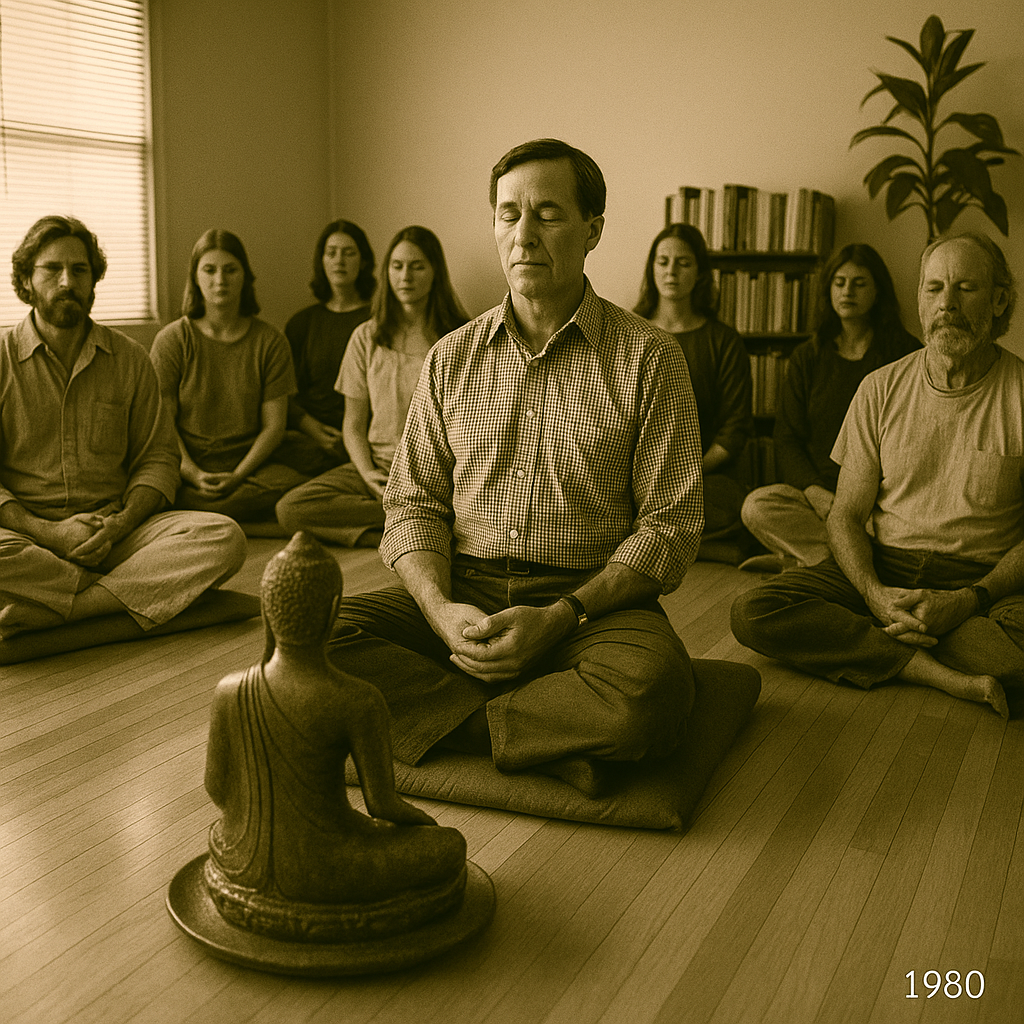
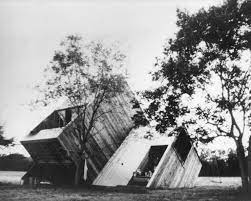
Early Retreats and Community Growth
Weekly sittings continued in Houston, often concluding with tea and informal discussion. Stephen Levine returned to lead non-residential retreats, some attended by more than 350 people. These gatherings, held at venues such as West University Elementary, often included walking meditations through nearby neighborhoods.
Margaret Austin and Lex Gillan also invited Ram Dass for meditation weekends filled with sitting, singing, and dancing. These events, along with retreats hosted by Pat Rodegast, channel for the spirit Emmanuel, attracted new members to the growing sangha. Notable early practitioners included Ed Rogers, John and Annette Eldridge, Con and Mary Rees, Jane Elioseff, and Jim and Naomi Rosborough.
From the very beginning, Marilyn Jones and Brad Morris were among the most active and dedicated contributors to the sangha. They not only attended retreats and sittings but also helped organize, promote, and preserve the spirit of the community throughout the years. Their continued presence has offered a sense of continuity and care through each stage of IMH’s evolution.
Rodney Smith and the Establishment of IMH
In 1984, Rodney Smith arrived in Houston after spending four years as a Buddhist monk in Thailand. He began working at New Age Hospice and quickly became connected to the local sangha through Margaret Austin. With deep practice experience and a gift for teaching, Rodney assumed the role of dharma leader.
Weekly sittings moved to the hospice facility on Holcombe Boulevard, and Rodney began leading quarterly three-day retreats at Chappell Hill. In the early 1990s, he invited Howie Cohn to offer a fifth annual retreat. During this period, the sangha adopted the name Insight Meditation Houston and developed a solid structure of weekly practice, silent retreats, and periodic beginner classes.
IMH became known for its supportive community, high-quality teachers, and consistent opportunities for deepening practice.
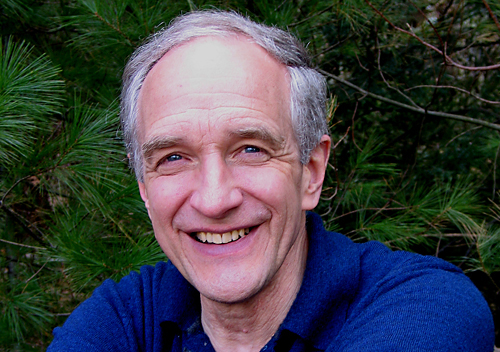
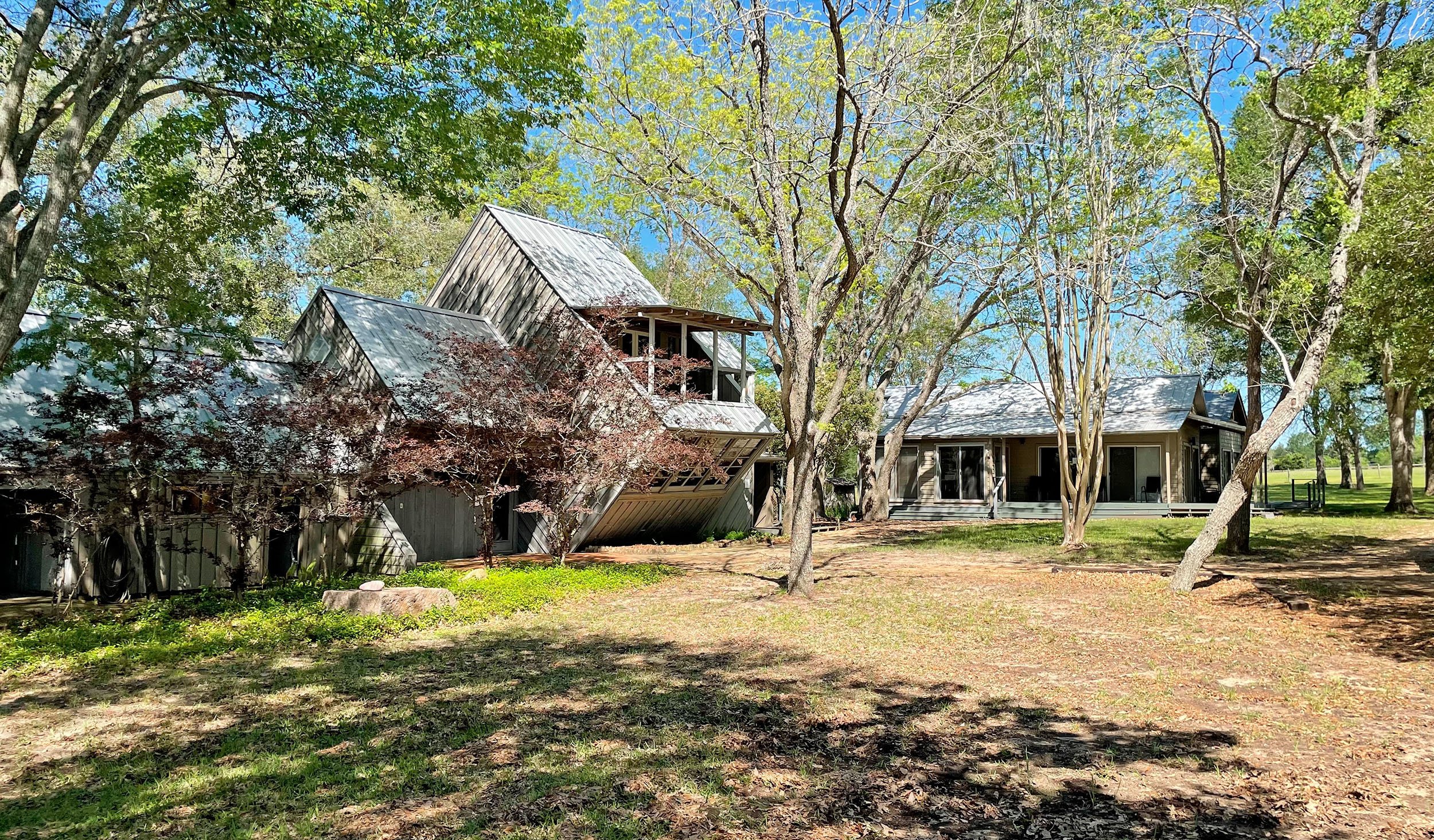
Expanding Retreat Infrastructure
Margaret Austin continued investing in the retreat property, adding a meditation hall, a small personal dwelling, bunkhouse facilities, a commercial kitchen, and a dining hall. These upgrades provided retreatants with a greater level of comfort and made it possible to host larger, longer retreats.
The sangha benefited from visits by additional guest teachers including Christina Feldman, Eugene Cash, Daeja Napier, Samu Sunim, Carol Wilson, and Lila Wheeler—all bringing fresh perspectives and deep insight to Houston practitioners.
Continuity and Community Stewardship
When Rodney Smith relocated to Seattle in 1992 to establish Seattle Insight Meditation, he continued to support IMH remotely through monthly phone dharma talks and annual retreats. Weekly meetings became peer-led, often drawing from recorded talks via the Dharma Seed library.
After the death of Margaret Austin in 1993, IMH members—including Brad Morris, John Seiber, John Eldridge, Ed Rogers, and Jim Tiebout—joined forces with members of the Houston Zen Community to create the Margaret Austin Center (MAC). They purchased 40 acres of the retreat land from Margaret’s daughters and began developing the site with additional lodging and infrastructure, much of it designed by sangha members and built by volunteers.
Brad and Marilyn played a central role during this phase as well, contributing to both the physical development of MAC and the organizational continuity of IMH. Marilyn was especially instrumental in documenting sangha history, maintaining communication channels, and supporting organizational efforts behind the scenes.
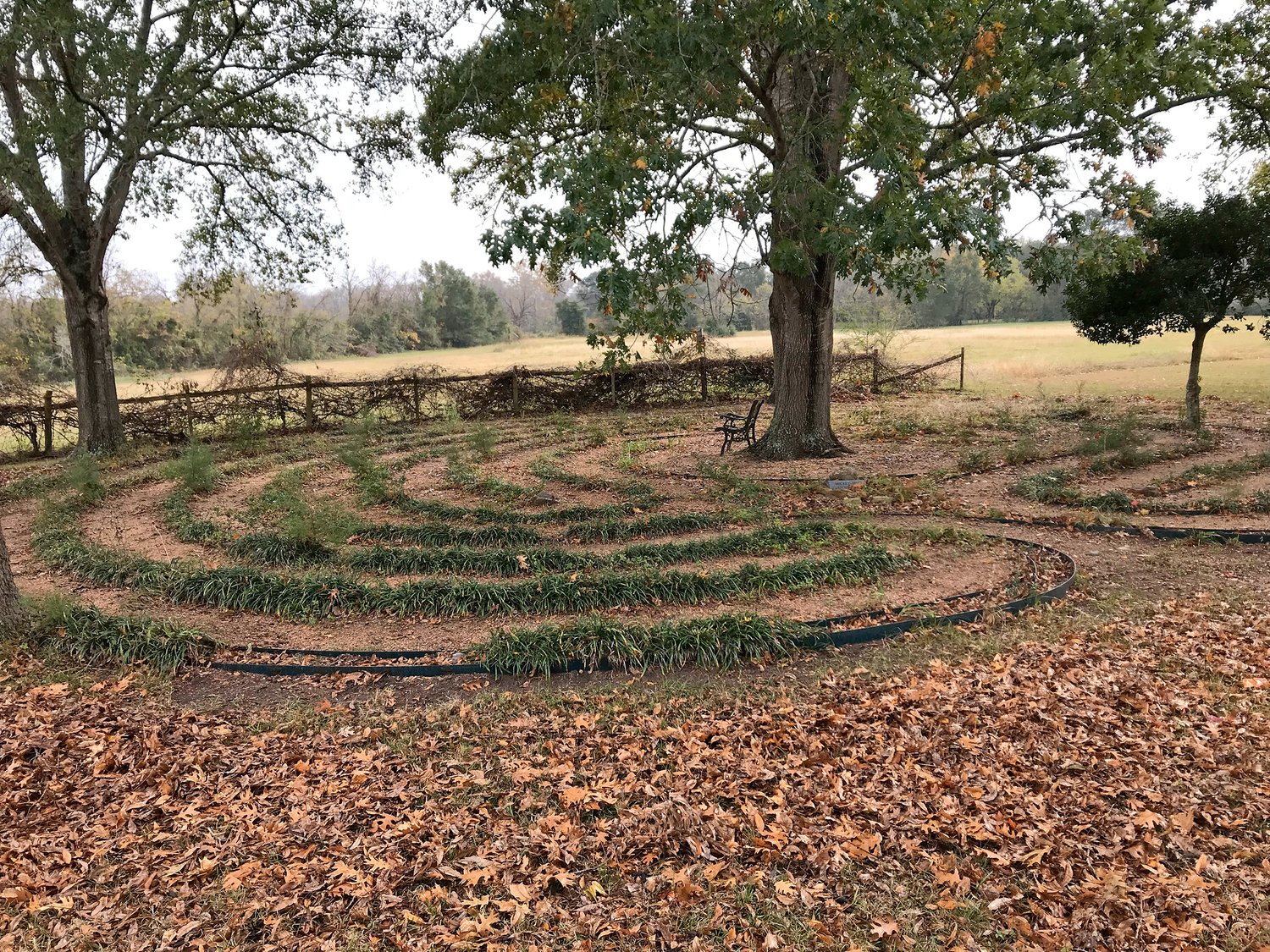
Transitions and New Leadership
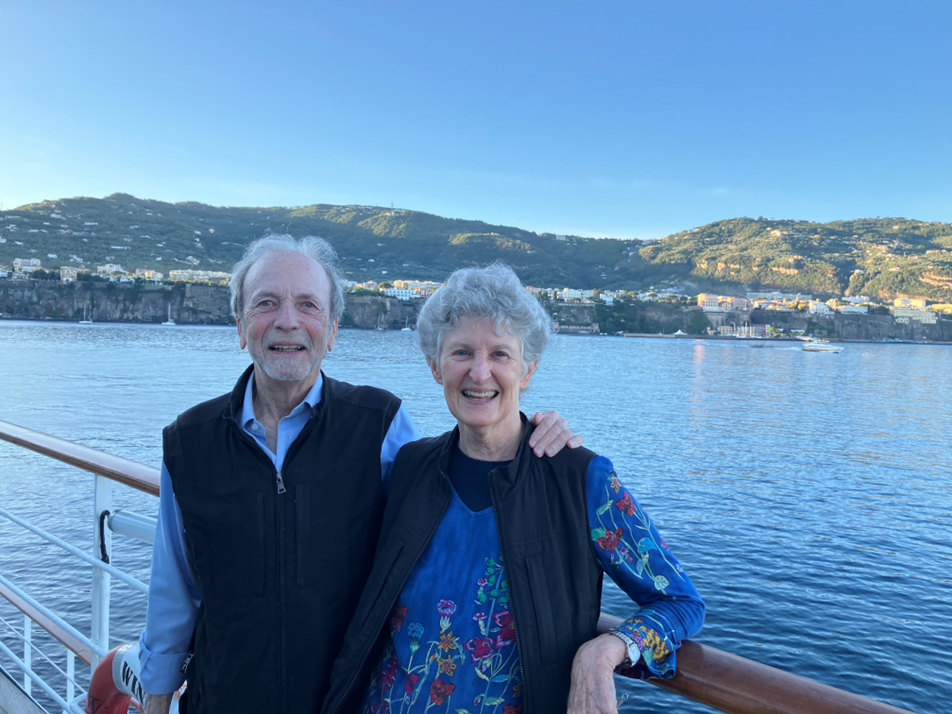
Transitions and New Leadership
As the sangha evolved, IMH continued to host retreats and offer practice opportunities. In 2010, it began co-hosting retreats with Mariposa Sangha in Austin. Though IMH did not incorporate as a nonprofit, it maintained a checking account, offered scholarships, and funded activities through community dana.
After Dr. Porter Storey, a key supporter at Houston Hospice, relocated, the sangha was asked to find a new meeting venue. IMH temporarily rented space at Dawn Mountain, a Tibetan center, but later transitioned to Jane Elioseff’s apartment to ensure accessibility.
During this time, other groups emerged from IMH. John Seiber shifted toward Advaita Vedanta and began hosting tea-and-discussion gatherings. Mary Rees, after completing Community Dharma Leader training at Spirit Rock, offered to serve as guiding teacher, but the sangha—then committed to a peer-led model—opted not to formalize her leadership. She later established a separate Vipassana group in Houston.
Eventually, when Ginger and Mark Ryan joined the remaining IMH group at Jane’s apartment, Ginger was invited to take on leadership. The group moved weekly meetings to the First Unitarian Universalist Church on Fannin, while some members continued to sit at Jane’s once a month until she could no longer host.
A Legacy of Devotion and Service
Over the decades, Insight Meditation Houston has been shaped by the selfless contributions of many individuals. Among the most impactful have been Marilyn Jones and Brad Morris, whose enduring commitment, service, and quiet leadership have anchored the sangha through its many phases. Their presence continues to serve as a living example of dharma in action.
IMH also honors the memory of former sangha members who have passed away and left a lasting legacy of kindness and wisdom: John Seiber, Jane Elioseff, Nadia Stein, Sandy Bessig, Carol Leonardan, and Marjorie Stringer.
The history of Insight Meditation Houston is a testament to the power of shared practice and collective care. As the sangha continues under the guidance of new leadership, its roots remain nourished by the enduring contributions of its founders, stewards, and teachers.
